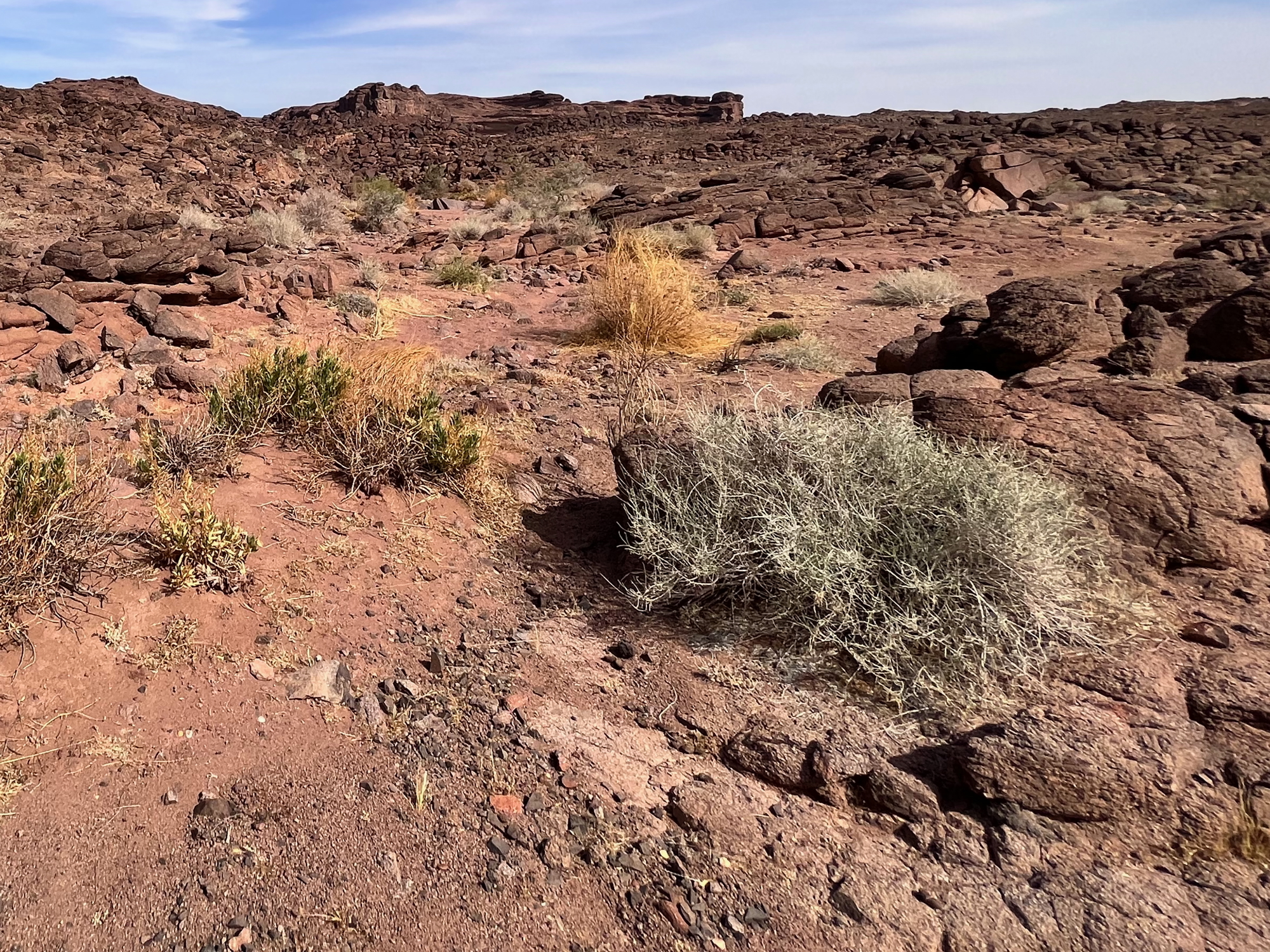
Herbivore Diet Analysis
-
Have you ever wondered what herbivores in the desert of Saudi Arabia are eating?
Here at the Royal Botanic Garden Edinburgh (RBGE), together with the University of Edinburgh and the Royal Commission of AlUla (RCU), we conducted a study to identify plant species preferred by wild and reintroduced mammals in AlUla, Saudi Arabia. We used a DNA metabarcoding approach to unveil their diets without disturbing the animals. Below, you will find our workflow, along with the results as well as resources produced in the project.
The three nature reserves of AlUla County, Saudi Arabia — Sharaan, AlGharameel and Wadi Nakhlah — harbour many natural resources, including plants and wildlife, and have the capacity for animal reintroductions.
One of the key success factors of a wildlife reintroduction program is a suitable habitat. In this project, we targeted diets of five herbivorous species, including the reintroduced Arabian oryx (Oryx leucoryx), Arabian sand gazelle (Gazella marica), Arabian gazelle (Gazella arabica), Nubian ibex (Capra nubiana), and the wild Rock hyrax (Procavia capensis). We aimed to understand not only what plants they are eating but also how their diets differ across seasons and habitats.
DNA metabarcoding has been chosen as it is a non-invasive technique, can be highly accurate, and allows for a long-term monitoring program.
-
Understanding the plant diversity within the study area is crucial.
Our field surveys of 117 plots across different habitats in three reserves identified around 240 plant species from over 168 genera and 54 families. Importantly, 20 of these species are new records to AlUla County. We then sequenced DNA from over 500 samples of plants, using next-generation sequencing.
Following some bioinformatic steps, we used whole plastid genomes (plastomes) and nuclear ribosomal DNA arrays (nrDNA) to construct a DNA reference library for AlUla plants, as these genomes contain genetic barcodes unique to each species. High throughput workflows, both for the wet lab and the bioinformatics, have been optimised to handle a large number of samples. Although modern column-based DNA extraction kits work well with most samples, some of our recalcitrant species required the ‘old school’ CTAB method to succede — especially when we added herbarium specimens to the pipeline that we had developed based on silica gel-dried plant tissue, in order to complete our DNA reference library.
Our plant DNA reference library is openly available, and as a stand-alone, provides a globally important resource that will be utilised beyond the lifespan of this project.
-
To identify animals’ forage species, faecal samples were collected from the field and preserved in buffer.
In Edinburgh, DNA was extracted from these samples, resulting in a mixture of DNA from the plants they eat, their gut microbes, and the animals themselves.
We selectively amplified and sequenced three DNA barcoding markers using plant-specific primers (rbcL, ITS1 and ITS2), and matched them back to our DNA reference library. This step tells us what plant species had passed through the animals into their faeces.
-
We identified over 150 plant taxa eaten by these five herbivores.
We found that perennial species, like Polycarpaea repens and Helianthemum lippii, are some of the most common forage species. Furthermore, the animals diet changes across seasons, likely due to availability of the plants.
The understanding of plant diversity and animals’ diets in this project provide foundational knowledge for animal reintroduction and habitat restoration programmes. Habitat restoration will provide suitable environment for plants to grow, and this in turn provides sufficient food for the animals.
